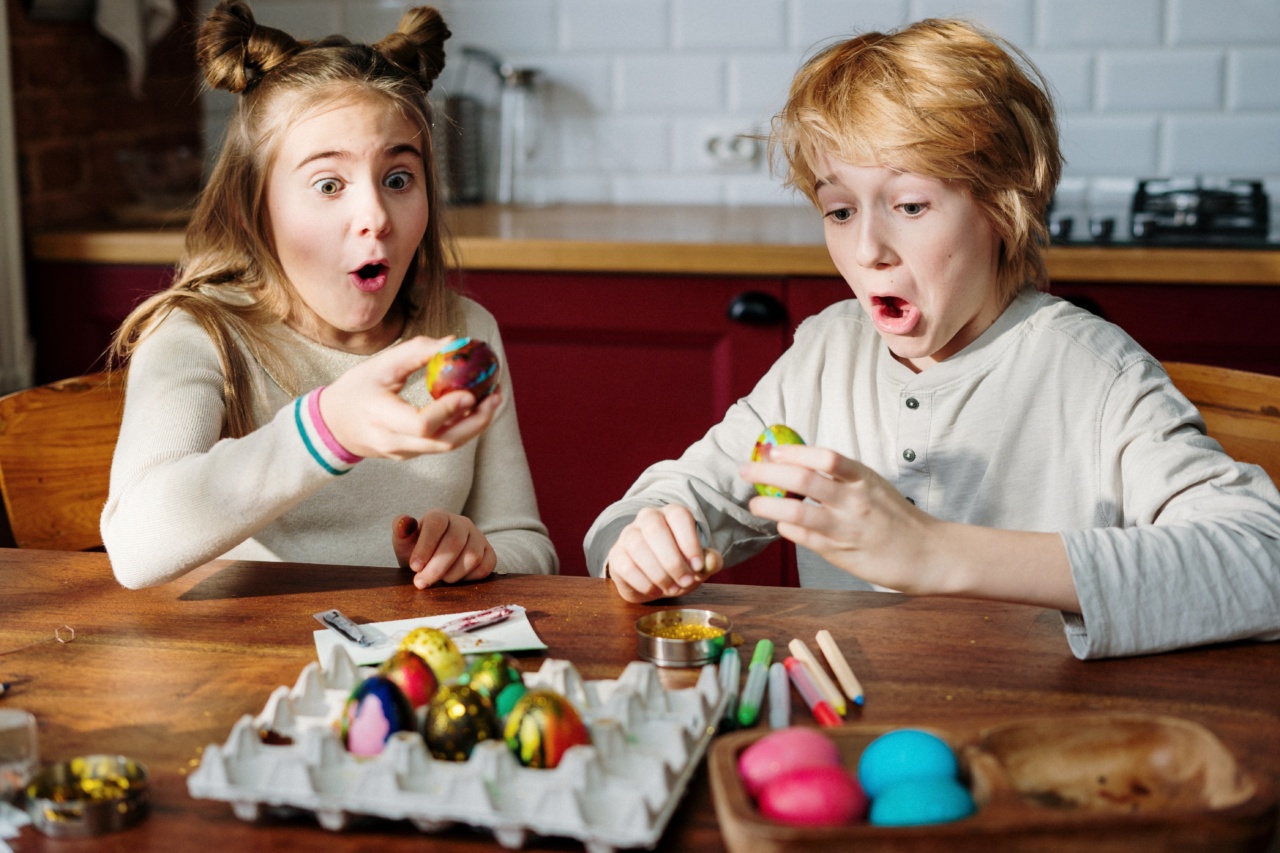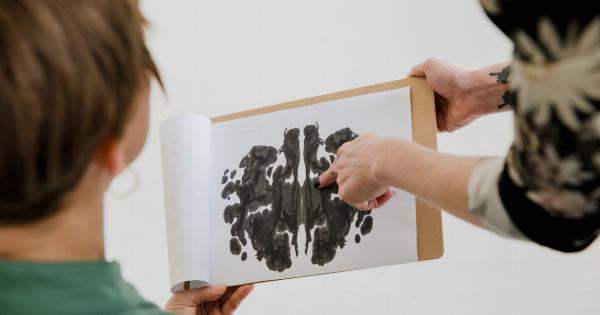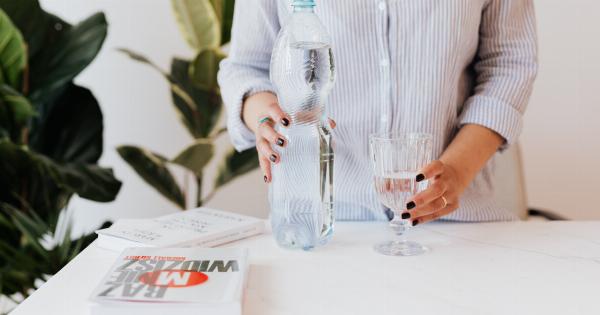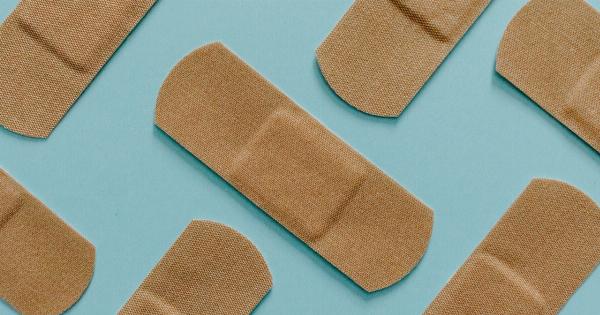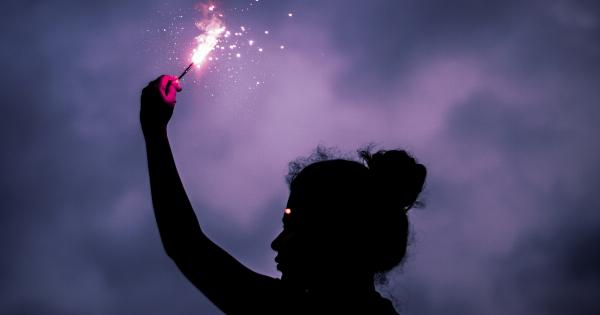As parents, we want our children to feel safe and comfortable in their own space. One way to achieve this is by choosing the right color for their room. Room color can have a profound impact on a child’s emotions and behavior.
Understanding the psychological effects of room color can help you choose a color that will be both calming and stimulating for your child.
The Color Blue
Blue is a calming color that can help reduce stress and anxiety. In fact, it is often used in therapeutic settings for this reason. Blue is also associated with feelings of trust, loyalty, and stability.
This makes it a great color choice for a child’s room, as it can help promote a sense of safety and security. However, blue can also be associated with sadness and depression in some people, so it’s important to balance it out with other colors or use a lighter shade.
The Color Pink
Pink is a soft and gentle color that is often associated with femininity. It is a popular choice for girl’s rooms and can create a calming and nurturing atmosphere.
However, too much pink can have the opposite effect and lead to feelings of overstimulation and frustration.
The Color Green
Green is a calming and soothing color that promotes balance and harmony. It is also associated with growth and renewal, making it a great choice for a child’s room.
Green can help children feel relaxed and at ease, while also promoting a sense of creativity and curiosity. However, too much green can be overwhelming and lead to feelings of boredom.
The Color Yellow
Yellow is a cheerful and optimistic color that is associated with happiness and joy. It can help promote a positive attitude and boost a child’s mood.
However, it is important to use a lighter shade of yellow, as bright and intense shades can be overly stimulating and lead to feelings of frustration and restlessness.
The Color Purple
Purple is often associated with royalty, luxury, and creativity. It can help promote a sense of imagination and inspiration in children. However, too much purple can have the opposite effect and lead to feelings of sadness and depression.
It is important to balance purple out with other colors to avoid this effect.
The Color Orange
Orange is a warm and energizing color that can help promote a sense of excitement and enthusiasm. It can be a great choice for a child’s playroom or study area, as it promotes mental clarity and focus.
However, too much orange can be overwhelming and lead to feelings of restlessness and anxiety.
The Color Red
Red is a vibrant and intense color that is often associated with passion and energy. It can help promote a sense of motivation and drive in children. However, too much red can be overly stimulating and lead to feelings of aggression and anger.
The Color Gray
Gray is a neutral and calming color that can help promote a sense of balance and stability in a child’s room. It can also act as a backdrop for other bolder or brighter colors.
However, too much gray can lead to feelings of dullness and boredom, so it’s important to balance it out with other colors or use a lighter shade.
The Color Brown
Brown is a warm and earthy color that can promote a sense of comfort and relaxation. It is often used in natural and rustic settings. However, too much brown can be drowsy and boring, leading to a lack of stimulation and creativity.
The Color Black
Black is a dramatic and modern color that can help promote a sense of sophistication and elegance. It can be a great choice for a teenage or young adult’s bedroom.
However, too much black can feel oppressive and lead to feelings of depression and pessimism.
Choosing the right color for your child’s room can have a major impact on their mood and behavior. By understanding the psychological effects of color, you can create a space that promotes relaxation, creativity, and happiness.
It’s important to remember that balance is key – too much of any color can have negative effects. By using a combination of colors that complement each other, you can create a stimulating and harmonious environment for your child.
